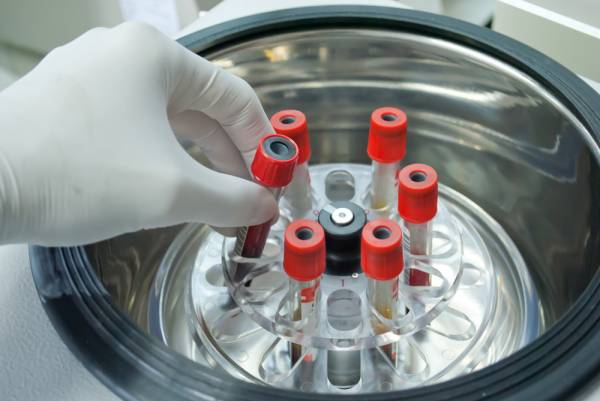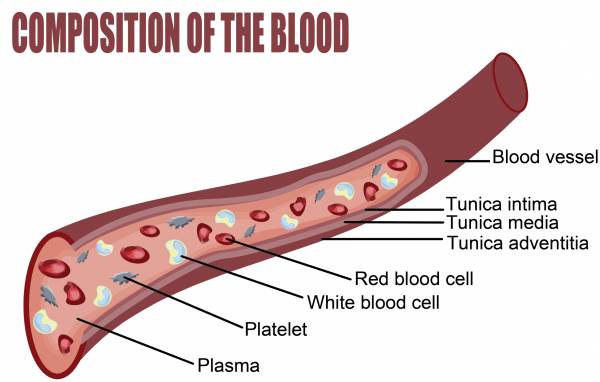What do Tiger Woods, Kobe Bryant, Hines Ward, and Cliff Lee have in common? Other than being some of the top athletes in their respective sports, all of them have undergone platelet rich plasma (PRP) therapy. Each of these athletes used the treatment to improve their injury recovery rate so they could get back to competition as quickly as possible.
What is Platelet Rich Plasma Therapy?
PRP is an alternative treatment option intended to improve healing and decrease recovery time. PRP treatments are becoming more commonplace among athletes as they search for ways to get back to the field, gym, or mat as quickly as possible.
PRP has been used for a variety of injuries, but is typically used in injuries involving ligaments, tendons (such as an ACL tear), or joints where blood supply is poor. There has been some use by athletes suffering from soft tissue injuries, but the results reported have been consistently underwhelming.
PRP treatments are created by removing blood from a patient and processing it in a centrifuge. The high-speed spinning separates the blood into its components: platelet-poor plasma, platelet-rich plasma, and red blood cells. A second spin separates the red blood cells and platelet-rich plasma. In most cases, an activating agent is added as the final step.
The PRP is harvested and injected back into you at the site of injury. PRP has a concentration of platelets that is three to five times that of the native plasma. The entire procedure, from harvesting to processing to injection, can be done in an outpatient facility in less than an hour.
PRP is unlikely to be covered by your insurance carrier so be prepared to pay for it yourself. Prices vary widely across the country with $500-1,000 being the most common charge per injection.

Why Does PRP Therapy Work?
As I mentioned before, the majority of athletes who undergo treatment with PRP have tendon injuries. MCL and ACL tears are especially prevalent. Tendons have poor blood supplies, which leads to long recovery periods.
Platelets are a natural source of the growth factors (PDGF, IGF, VEGF, PDAF, and TGF-β) that are involved in wound healing and the regenerative process. The processing of your blood activates these growth factors in the PRP just prior to injection back into your body.
The basic premise behind PRP treatment is that an injection of your own platelet-enriched plasma can supply growth factors to the injury and speed healing. Platelets also have other substances (such as fibronectin and vitronectin, among others) that aid in wound healing.
Does PRP Therapy Actually Work?
That’s hard to say at this point. There is conflicting data in both animal and human studies. While there are many studies that suggest improved healing times, there are significant concerns with study design, standardization of preparations, and a lack of a consistent treatment protocol that make it difficult to determine efficacy. On the plus side, other than the chance of infection associated with any kind of injection or blood draw, the side effects and tolerability to the patient are generally good.
On a personal level, I’m fortunate enough to be in communication with Coach Michael Rutherford and I contacted him about his recent experience with PRP. Michael was dealing with a long-term case of medial epicondylitis, or golfer’s elbow, and had tried several different treatments without success. After PRP, he had the following observations to share, “It did the trick; however, when I returned to my normal training volume and movements [the golfer’s elbow] came back somewhat. Much better, [but] not perfect.”

PRP in Conclusion
With just a few minutes at a computer you could easily find dozens of professional athletes professing their support for PRP. With a little more research you’ll see that the data is mostly promising, but far from definitive.
Study design, quality control, and treatment protocols have varied widely and make coming to a consensus difficult. What we can do is look at the studies available, examine anecdotal evidence, and use a little common sense to come up with some suggestions on who this may help.
If all of the following apply to you, then PRP is something you may want to look into and discuss further with your doctor:
- Your injury is chronic (at least six months)
- Your injury involved tendons, ligaments, and/or areas with low blood profusion
- You have tried unsuccessfully to rehab the injury through physical therapy and/or mobility work
- You’ve discussed the injury with your physician and tried whatever therapy s/he has recommended
- You can afford the treatment(s)
- You have no medical conditions that put you at unnecessary risk due to the treatment and harvesting process
Disclaimer: I am not a physician and I am not providing you with medical advice or recommendations. All information is intended for your general knowledge only and is not a substitute for medical advice or treatment for specific medical conditions. You should seek prompt medical care for any specific health issues and consult your physician as needed. The information contained in this article is presented in summary form only and intended to be used for entertainment only. The information should not be considered complete and should not be used in place of a visit, call, consultation, or advice of your physician or other healthcare provider. I do not recommend the self-management of health problems.
Photos courtesy of Shutterstock.






